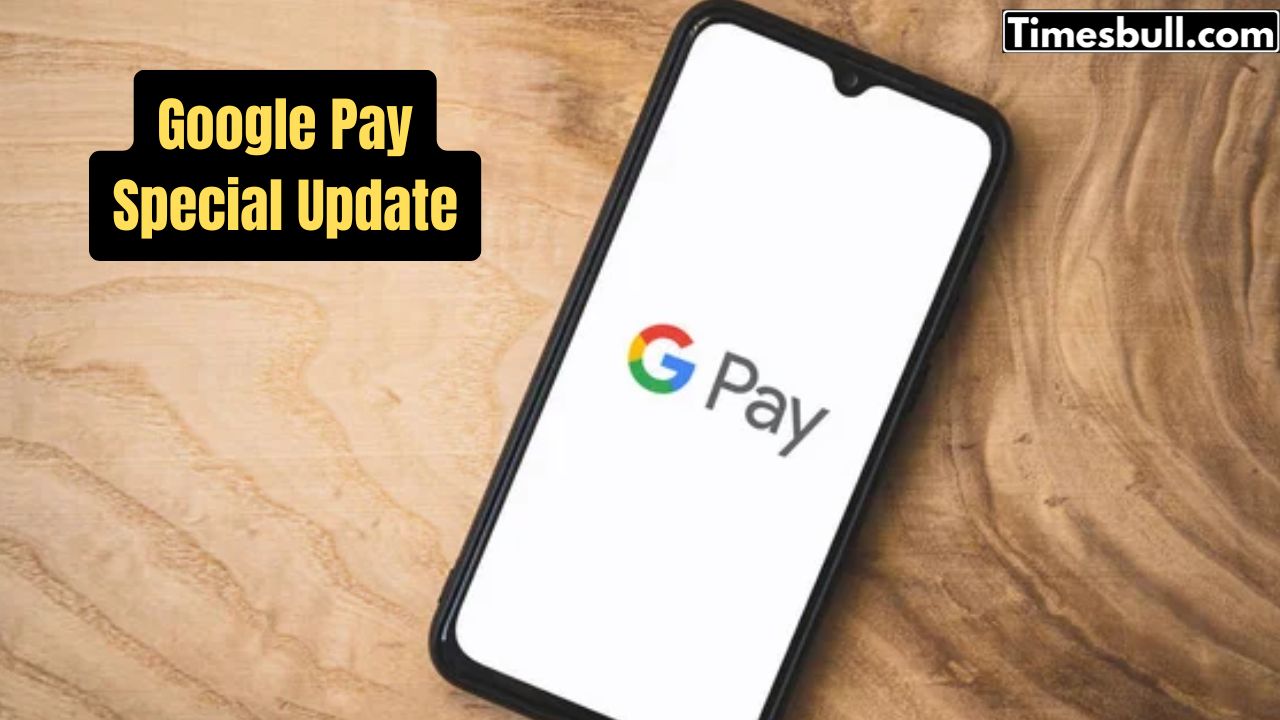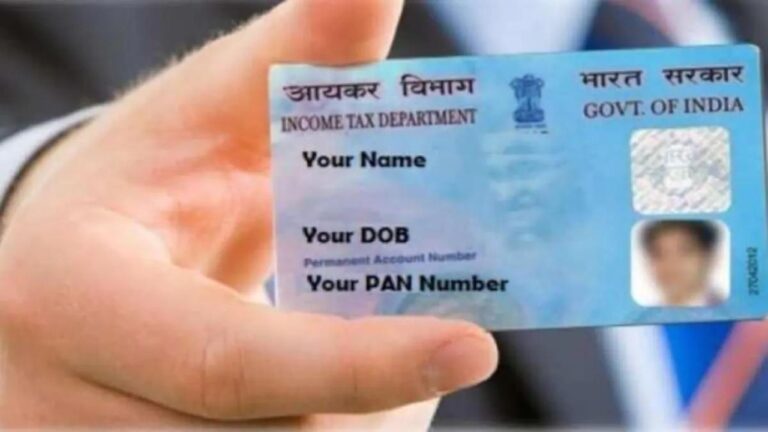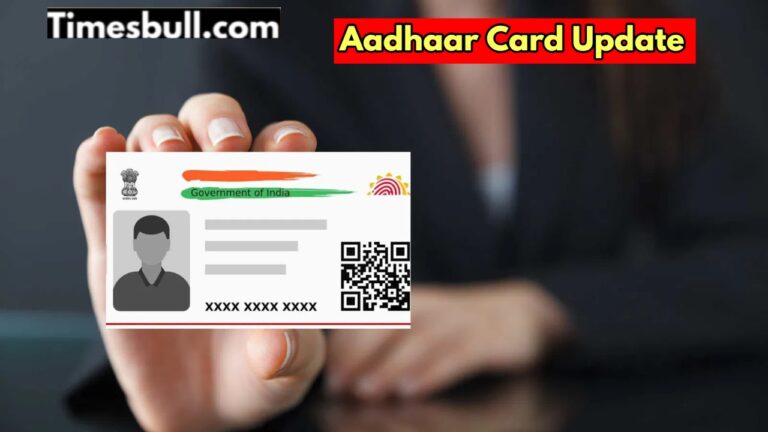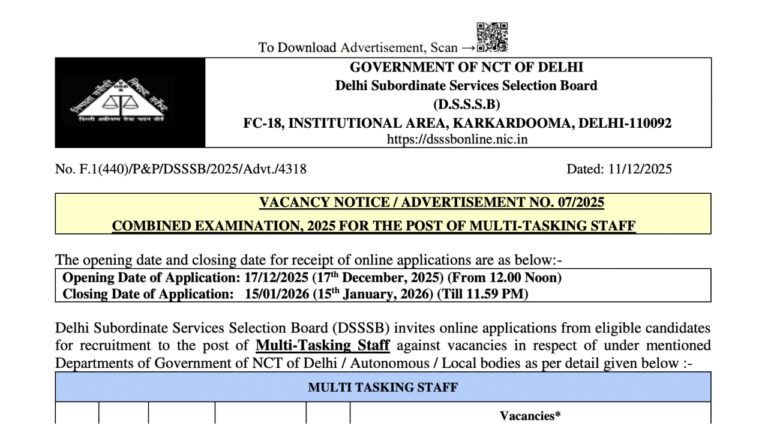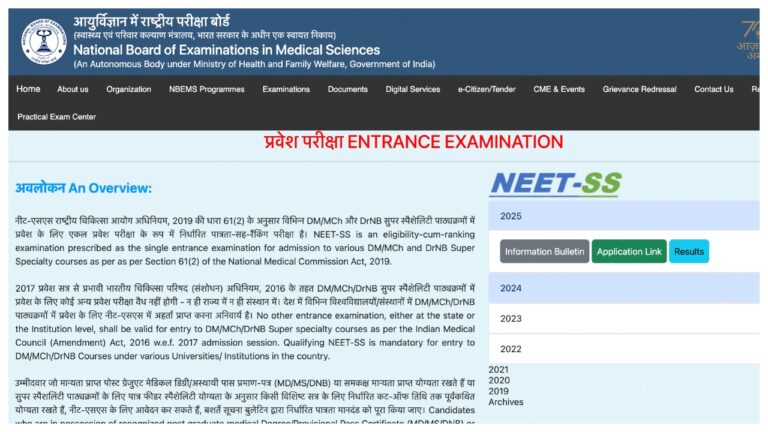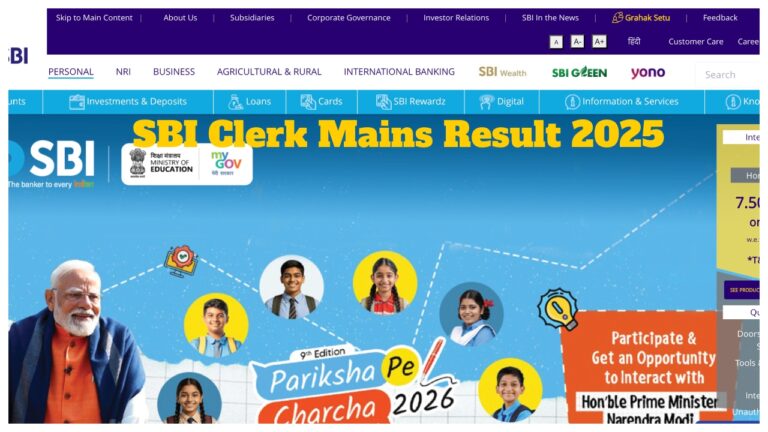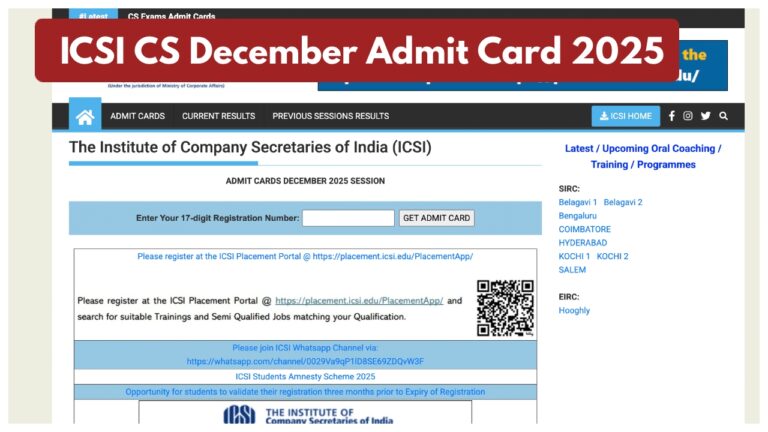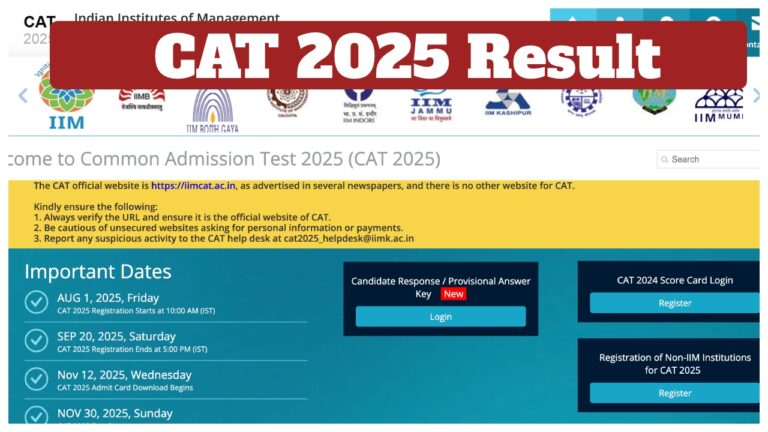Google Pay has now started charging a convenience fee on bill payments. If you pay electricity or gas bills through Google Pay, you will have to pay an extra charge of 0.5% to 1%, including GST. According to a report by The Economic Times, Google Pay has started applying this convenience fee on bill payments. However, the company has not officially confirmed it yet. If this is true, users will now have to pay extra for electricity or gas bill payments through Google Pay. Throughout this article, we will share all the details on how to avoid paying extra charges.
On Which Transactions Will the Charge Be Applied?
- If you pay electricity or gas bills using a credit card or debit card, you will have to pay a charge of 0.5% to 1%, including GST.
- If you pay directly from your bank account using UPI, there will be no charge. UPI bank transactions remain free.
- This charge will also apply to bill payments made through RuPay cards.
Do PhonePe and Paytm Also Charge?
Yes, PhonePe and Paytm already charge a processing fee for bill payments, mobile recharges, and other services. Now, Google Pay, India’s second-largest UPI payment platform, has also started following the same model. However, there will be no charge for direct bank transfers via UPI.
Google Pay, which competes with PhonePe and Paytm, has started levying a convenience fee on bill payments made using credit and debit cards, marking a shift toward monetizing digital transactions in India’s fast-growing fintech space.
Read the full story here:👇… pic.twitter.com/Yspk34Lape
— Indian Startup News (@indstartupnews) February 21, 2025
How Much Is the Processing Charge? How to Check the Convenience Fee?
- The convenience fee may vary for each transaction.
- Before making a payment, Google Pay will show the charge details in the app.
- When you make a bill payment, the convenience fee will be displayed before confirming the transaction.
- You can also see this charge in your transaction history.
Why Did Google Pay to Introduce This Charge?
Fintech companies do not earn direct revenue from UPI transactions, leading to heavy losses. Due to the cost of processing UPI payments, platforms like Google Pay, PhonePe, and Paytm are exploring new ways to generate income.
According to a PwC report, in the financial year 2024, fintech companies spent around Rs 12,000 crore on processing UPI transactions. To recover these costs, they have started charging users for certain services.
ब्रेकिंग न्यूज़
नई दिल्ली
Google Pay से बिल भुगतान पर शुल्क लागू। बिल भुगतान पर लेनदेन शुल्क और GST लगेगा। एक फीसदी तक शुल्क देना होगा। सीधे बैंक खाते से भुगतान अभी भी रहेगा मुफ्त।
मोबाइल रिचार्ज पर पहले से ही सुविधा शुल्क लागू। #GooglePay #DigitalPayment #NewCharges… pic.twitter.com/vRD8HOlEFz
— भारत समाचार | Bharat Samachar (@bstvlive) February 21, 2025
How Can Customers Avoid This Extra Charge?
If you want to avoid the convenience fee, use UPI for payments. Bank-to-bank UPI transactions remain free.
39% Growth in UPI Transactions in January 2025
In 2020, the government waived the Merchant Discount Rate (MDR) on UPI transactions below Rs 2,000, boosting digital payments. In January 2025, UPI recorded 16.99 billion transactions, totalling Rs 23.48 lakh crore—showing a 39% increase compared to last year.
